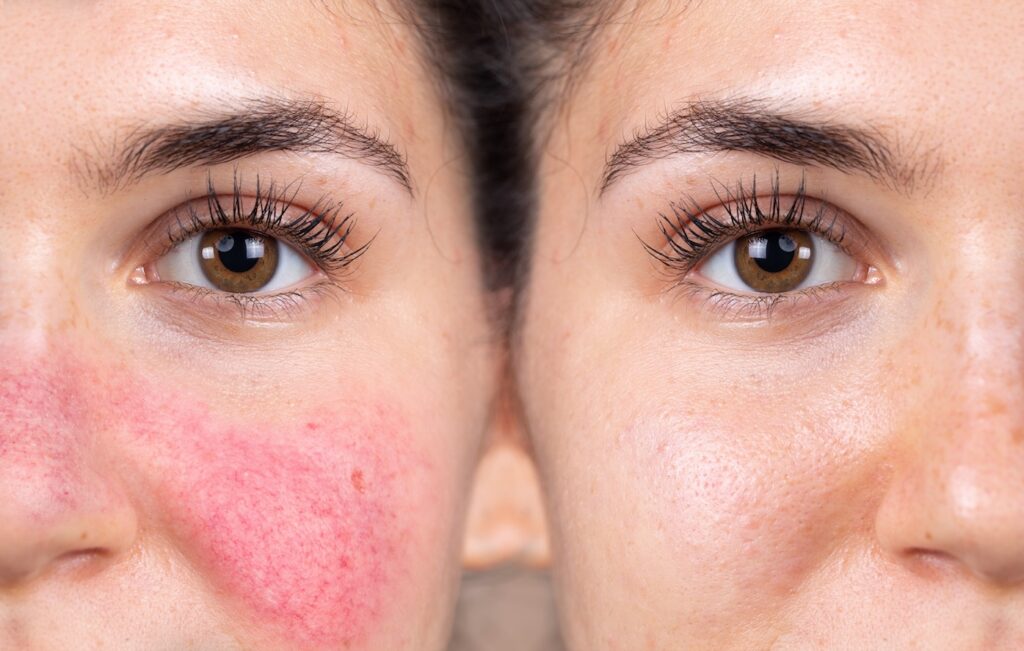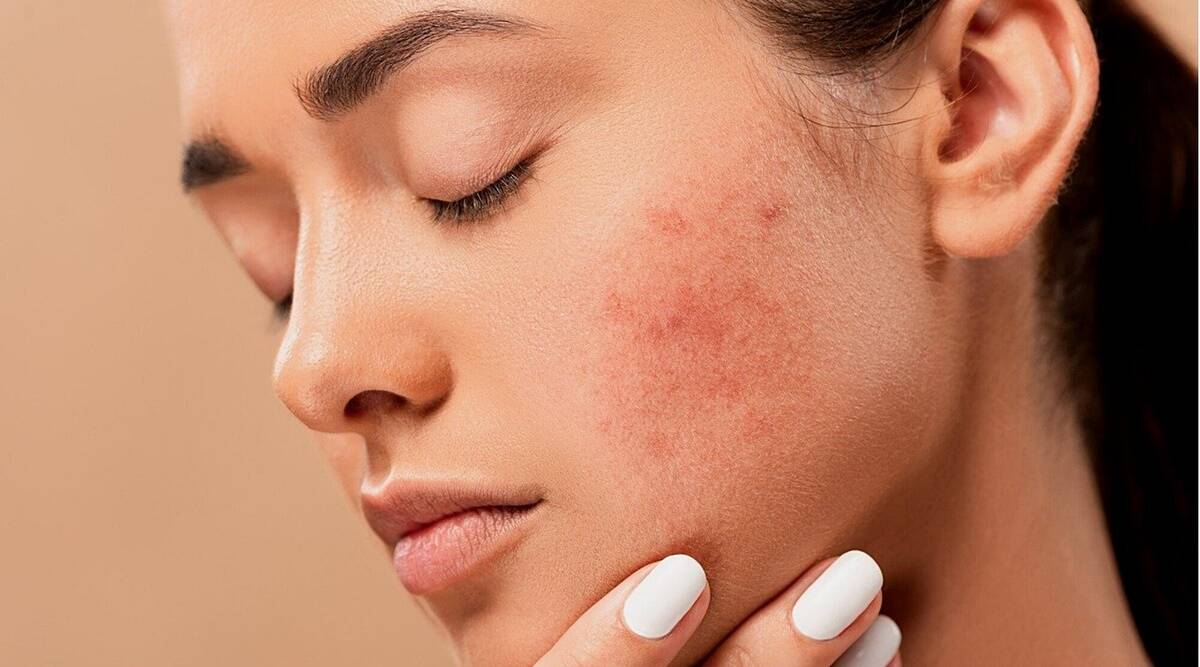Acne/Rosacea

Acne/Rosacea
Severe and even mild acne can often lead to some form of scarring. A permanent scar is a defect in the skin caused by an injury to the area, such as an acne lesion. The key word here is “permanent”. Most of the acne lesions that people call scars are really not scars at all, but instead post-inflammatory redness – red spots left behind after the blemish heals. What is frustrating about this redness is that it takes time for it to go away – anywhere from 6 to 12 months, depending on the depth of the original lesion and how you cared for the lesion.
Permanent scars develop as the skin attempts to heal itself by surrounding the acne lesion with new skin. The epidermis (outer layer of skin) grows in from the sides to the center, and underneath the sebaceous gland. When the acne finally heals, a depressed pit can remain in the skin. Scarring is unpredictable – it’s impossible to know how much a particular person will scar, if at all. The best way to prevent acne scarring is through early treatment of lesions.
The best way to prevent scars is not to do anything that makes matters worse. Untreated or improperly treated acne is likely to cause the worst scarring because the problem is never mitigated and the skin has no chance to heal. Harshly attacking blemishes and creating deep scabs and sores that take a long time to heal are surefire ways to guarantee a scar will be permanent. Using heavy or irritating facial products will also hinder the healing process. In addition, because many women don’t know how to treat acne, they use ineffective topical disinfectants and exfoliants, which can also impede the skin’s ability to repair itself. Unprotected sun exposure can exacerbate scarring, too. Yet, if you are good about not picking and over-squeezing blemishes from the outset, scarring can be greatly reduced. Even so, the most meticulous state-of-the-art acne skin care routine can still result in scars. Most acne scars do fade with time, but that time can seem like an eternity when the face is yours.

Once acne and breakouts have been reduced or eliminated, the brown, pink, or purple discolorations left by acne lesions can fade a great deal in about 6 to 12 months, depending on your skin color. You can speed up that fading by continuing to use a product with AHAs, BHA, or tretinoin (which are helpful in the treatment of acne and breakouts anyway).
Once acne has healed, small areas with shallow scars or pit-type scars can be injected with dermal fillers (various substances used to lift or fill the depression), but these are not permanent fixes and require repeated treatments.
Chemical peels such as salicylic acid (beta hydroxy acid – BHA), alpha hydroxy acids (AHAs), and trichloroacetic acids (TCAs) can improve the appearance of surface scarring. (But these peels are unwarranted for scarring if the acne is still active.)
Just don’t expect an AHA or BHA peel to improve the appearance of deep scarring. For larger areas of face, photorejuvenation is absolutely the treatment of choice.
Microdermabrasion can improve the texture and color of skin, but it requires deeper microdermabrasion treatments to obtain visible improvements in acne scarring.
Skin-lightening lotions with hydroquinone or other skin-lightening ingredients do not work well, if at all, on acne scarring. These lotions prevent melanin production; they do not have much effect on what gives acne scars their color.
Our specialist at laser cosmetics clinic will determine the appropriate treatment option at the time of consultation session.
